Summary
With an elevation of approximately 12,979 feet, it stands tall amongst its neighboring peaks. The mountain offers breathtaking views of the surrounding landscape and is a popular destination for mountaineers and hikers alike.
During the winter season, Mount Toll experiences a significant snowpack range. This accumulation of snow provides excellent opportunities for winter sports enthusiasts, such as skiing and snowboarding. The heavy snowfall also contributes to the water sources in the area, including several creeks and rivers that receive runoff from the mountain. These waterways, such as Boulder Creek and St. Vrain Creek, are integral to the local ecosystem and provide vital resources for nearby communities.
The name "Mount Toll" has an intriguing history. It is named after Roger Toll, an American geologist and explorer who conducted important research in the Rocky Mountains during the late 19th and early 20th centuries. The naming of the mountain after Toll pays homage to his contributions to the understanding of the region's geology and natural history.
While no specific legends or lore are associated with Mount Toll, its majestic presence and challenging terrain have undoubtedly inspired awe and admiration among those who have ventured to its summit. It remains a popular destination for outdoor enthusiasts seeking adventure and exploration in the heart of the Rocky Mountains.

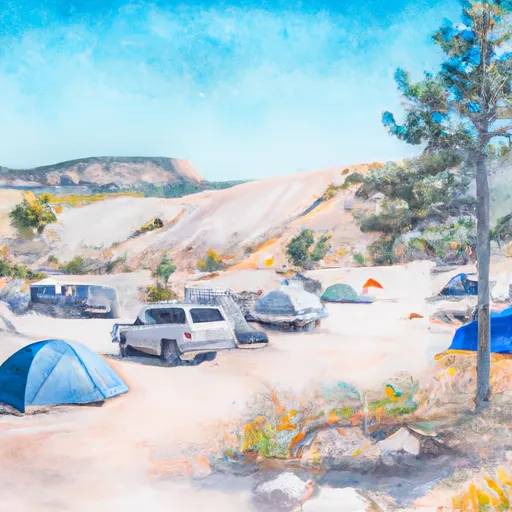 Site H4
Site H4
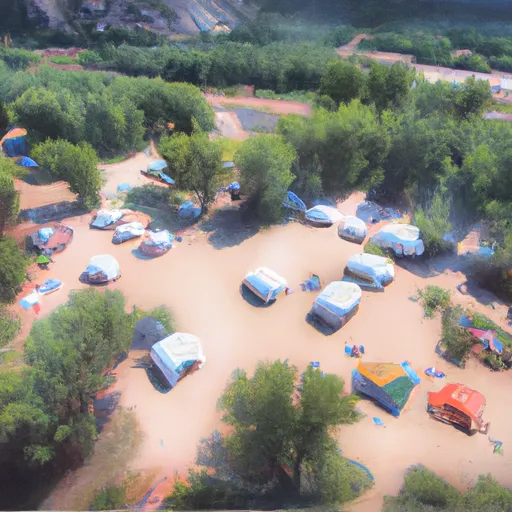 Site W8
Site W8
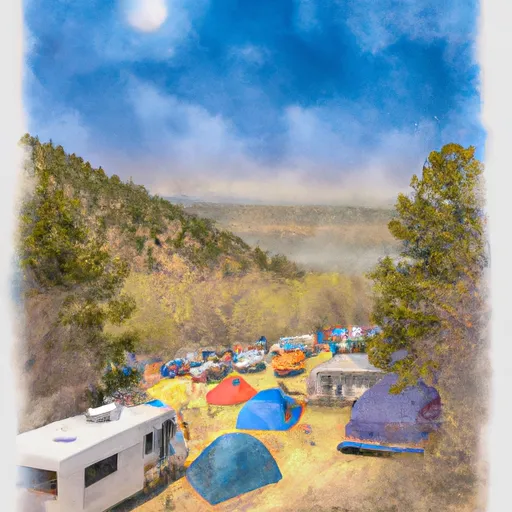 Site W7
Site W7
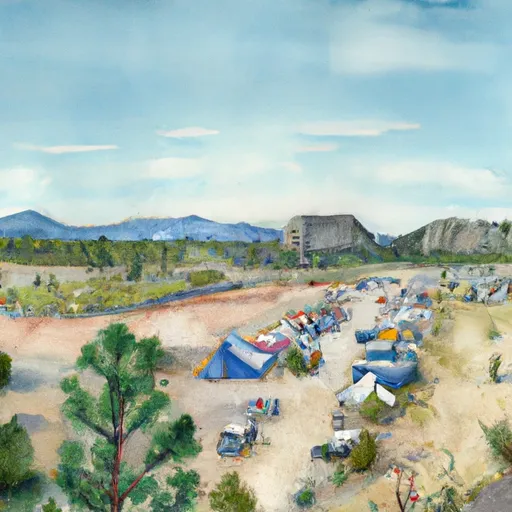 Site 26
Site 26
 Site W5
Site W5
 Pawnee
Pawnee
 Lake Isabelle - IPWA
Lake Isabelle - IPWA
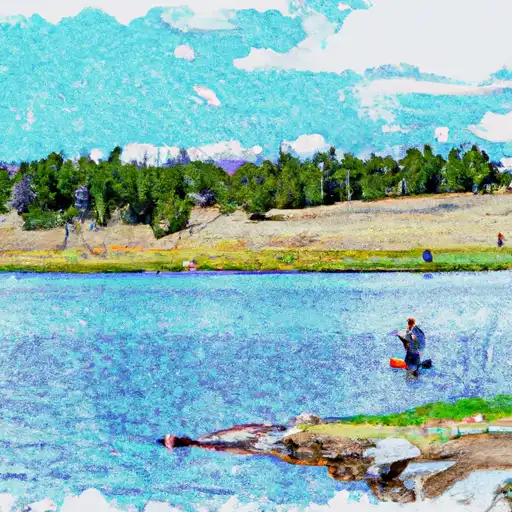 Coney Lakes - IPWA
Coney Lakes - IPWA
 Crater Lake (Hyslop Lake) - IPWA
Crater Lake (Hyslop Lake) - IPWA
 Mitchell Lakes - IPWA
Mitchell Lakes - IPWA
 Long Lake - IPWA
Long Lake - IPWA